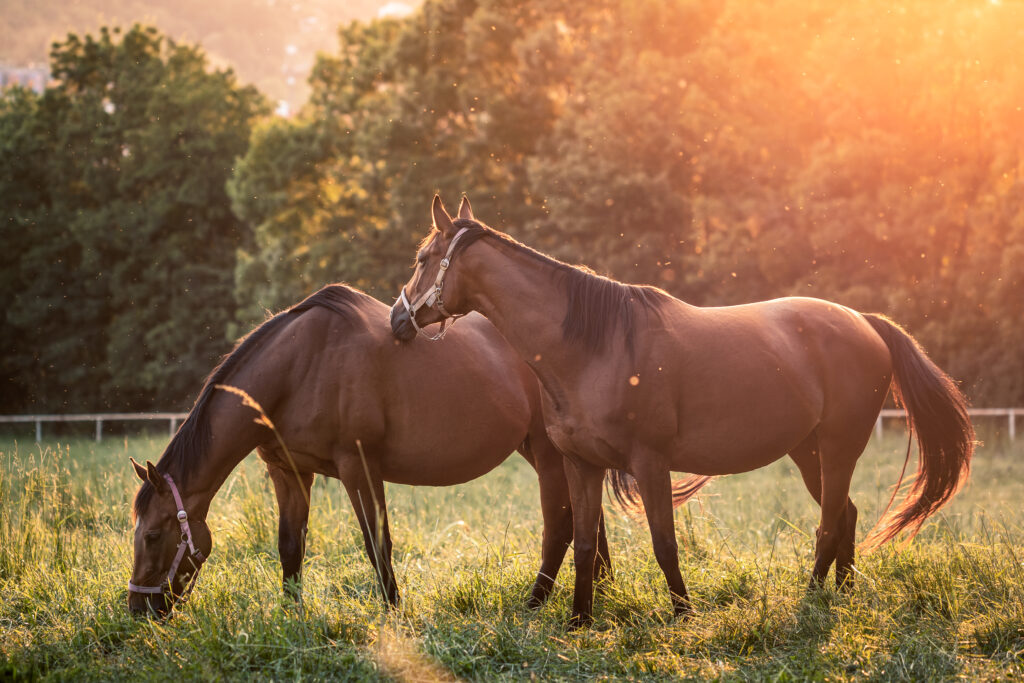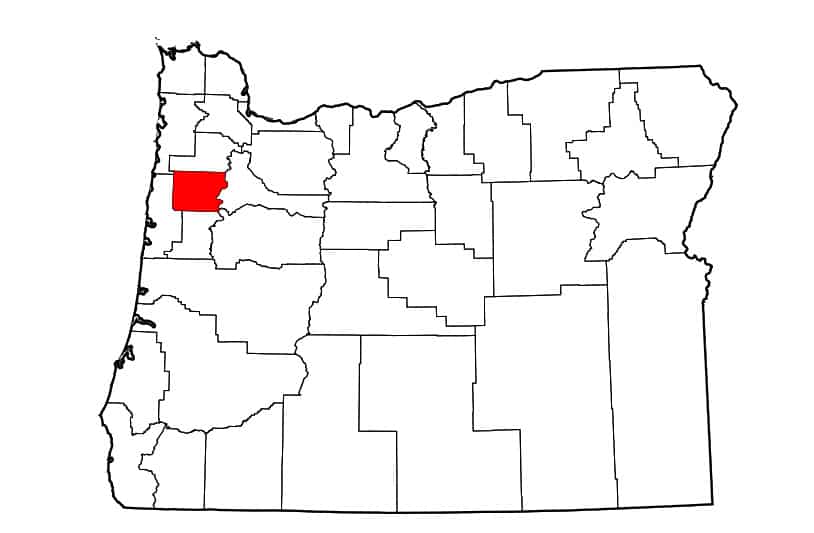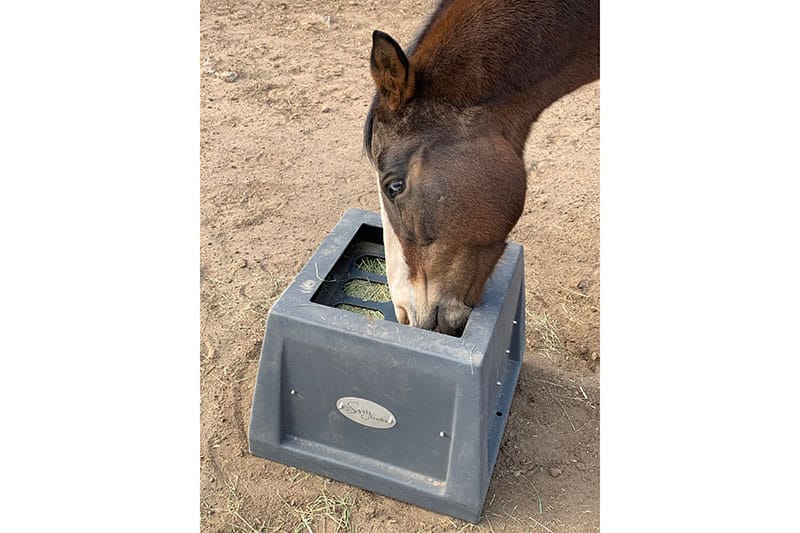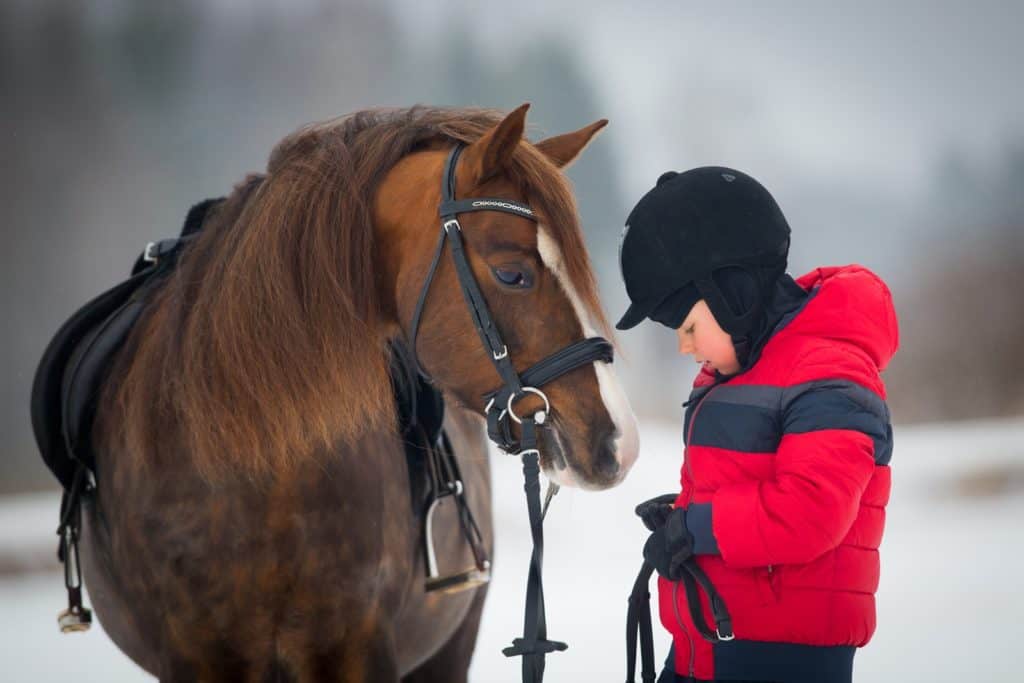
Equine Innovators: Rotavirus on the Move in Foals
In this episode Dr. Emma Adam of the University of Kentucky describes the research that identified a novel strain of rotavirus in foal diarrhea cases this year.
How to care for the basic health needs of horses

In this episode Dr. Emma Adam of the University of Kentucky describes the research that identified a novel strain of rotavirus in foal diarrhea cases this year.

During this presentation and Q&A, you’ll discover the causes of fever in horses, how veterinarians treat them, and when a fever is an emergency.

Dr. Vern Dryden talks about why horses with laminitis might be more prone to hoof abscesses.

A survey found most veterinarians who specialize in horses and primarily deal with lameness issues use nonsteroidal intra-articular joint therapies in their patients.

Study: A broodmare’s fertility appears to decrease slowly over the years, on a downhill slope that follows her number of breeding years, and not just her age.

This technology has helped veterinarians diagnose upper airway dysfunction during exercise.

The Horse: Your Guide to Equine Health Care and Butterfly Network have partnered to bring our audience educational content about equine pregnancy during the week of Dec. 13.

Both affected equids reside at an Oregon rescue facility where 29 more equids were exposed.

Dr. Vern Dryden shares what horse owners and veterinarians can do to relieve a horse’s pain during a laminitic episode.

Two of the four affected horses have been euthanized.

Four more horses at the facility are suspected positive.

Our digital managing editor uses durable Savvy Feeders to free feed her horses forage.

We’ve compiled a science-based list of nonriding activities to help keep you and your horse busy during these cold winter months.

A certified equine behavior consultant addresses the seemingly telepathic relationship some of us have with our horses.

The equine respiratory tract is so highly specialized for exercise that even the slightest deviation from normal can limit a horse’s athletic career.

The Standardbred horses resided at an Edmonton racetrack.
Stay on top of the most recent Horse Health news with
"*" indicates required fields